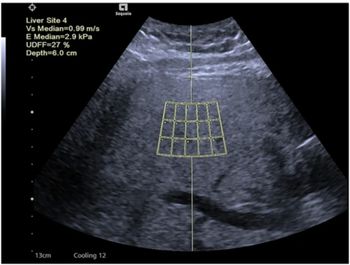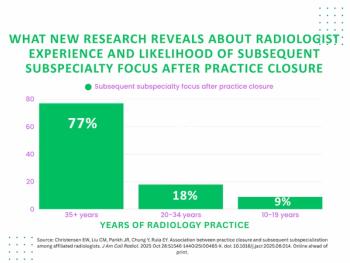
Importing Outside Images to PACS Significantly Cuts Repeat Imaging
Patients whose outside images were imported into their institutions' PACS were significantly less likely to undergo repeat imaging.
Importing outside images to the PACS reduces the rate of repeat imaging tests, lowering patient costs and exposure to radiation, according to a study published in the March issue of
Researchers from the University of California in San Francisco undertook a retrospective study looking at 267 patients who had undergone an abdominal CT or MRI scan at their institution or at another within four months before undergoing transarterial chemoembolization.
The researchers were looking at the availability of images from the other institutions to their institutions. They examined whether the images were on CD or film but not imported, which images were imported, and if no outside imaging was available at all.
Researchers found:
• If the patients’ outside images were not available, 72 percent of the patients had repeat imaging.
• If the patients’ outside images were available but not imported to the PACS, 52 percent had repeat imaging.
• If the patients’ outside images were imported to the PACS, 11 percent had repeat imaging.
• If the imaging was done at their institution, 13 percent of patients had repeat imaging.
“Patients whose outside images were imported were significantly less likely to undergo repeat imaging than were both the groups whose outside images were not imported,” the authors wrote.
Newsletter
Stay at the forefront of radiology with the Diagnostic Imaging newsletter, delivering the latest news, clinical insights, and imaging advancements for today’s radiologists.






























